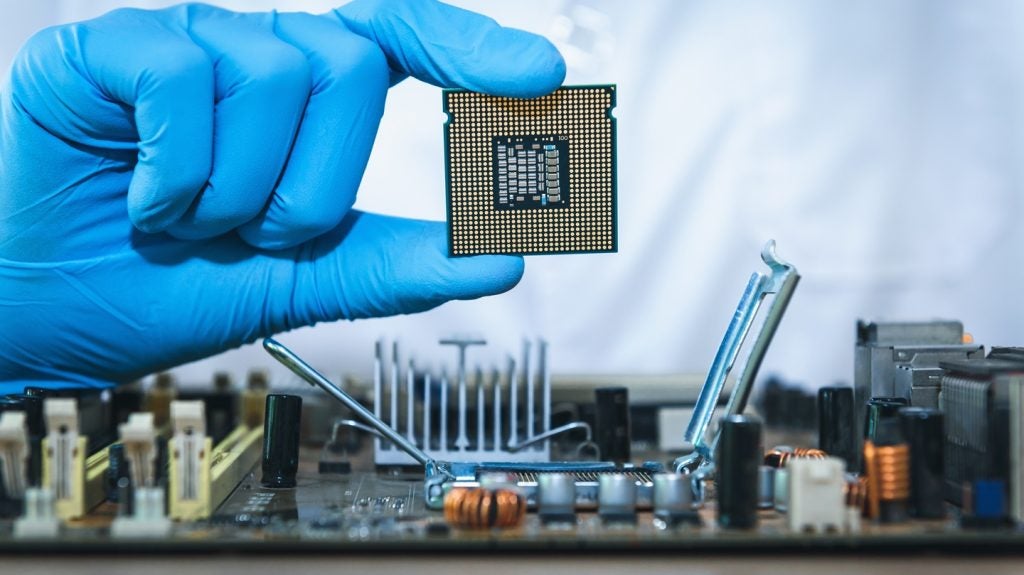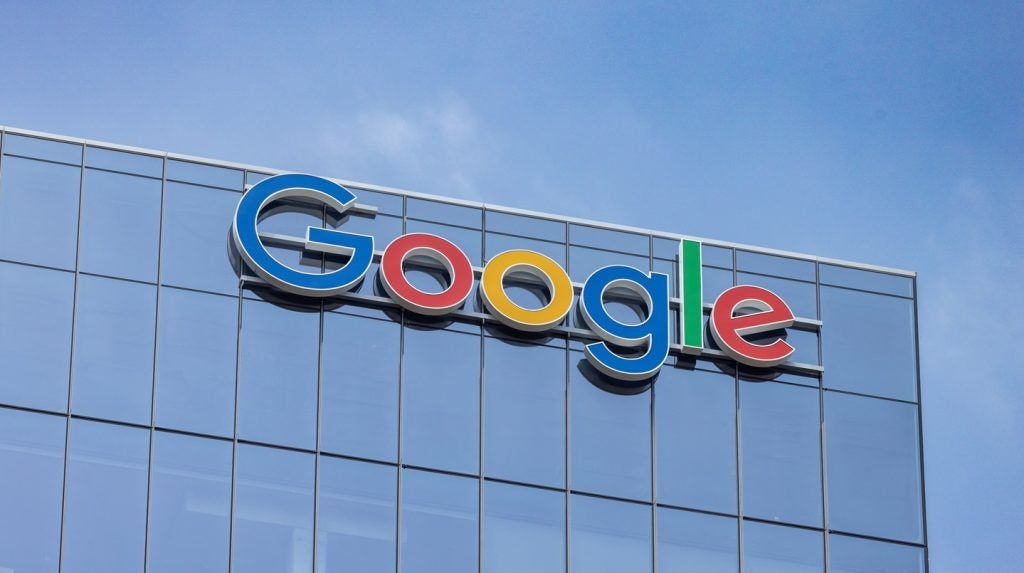Applied Materials has been granted a patent for methods and tools for pre-cleaning substrates with metal and dielectric surfaces. The process involves using a strong reductant to remove contaminants from the metal surface and damage the dielectric surface, followed by an oxidation process to repair the damage and oxidize the metal surface. Finally, a weak reductant is used to reduce the metal oxide without damaging the dielectric surface. The patent also describes a processing tool with multiple chambers and a controller for performing the various steps. GlobalData’s report on Applied Materials gives a 360-degree view of the company including its patenting strategy. Buy the report here.
According to GlobalData’s company profile on Applied Materials, 3D memory devices was a key innovation area identified from patents. Applied Materials's grant share as of September 2023 was 42%. Grant share is based on the ratio of number of grants to total number of patents.
Patent granted for a processing tool for substrate pre-cleaning
A recently granted patent (Publication Number: US11776806B2) describes a processing tool that can perform multiple processes on a substrate to remove surface contaminants, repair defects, and oxidize metal surfaces. The tool includes a central transfer station with a robot that can move the substrate between different process chambers.
The first process chamber is designed for a strong reduction process, which removes surface contaminants from a metal surface and creates defects in a dielectric sidewall. The second process chamber performs an oxidation process to repair the defects in the dielectric sidewall and oxidize the metal surface to form a metal oxide. The third process chamber then performs a weak reduction process to reduce the metal oxide back to pure metal without damaging the dielectric sidewall.
The processing tool is controlled by at least one controller, which is connected to the central transfer station and the process chambers. The controller is responsible for moving the substrate between the different chambers and performing the specific processes in each chamber.
In the strong reduction process, a reductant comprising a hydrogen plasma is used, and the flow of the plasma is controlled. The hydrogen plasma is a high density, high energy plasma, and the substrate is maintained at a temperature between 200°C and 500°C during this process.
The oxidation process, on the other hand, involves controlling the flow of an oxidizer comprising an oxygen plasma. The substrate is maintained at a temperature between -15°C and 180°C during exposure to the oxygen plasma. The oxygen plasma can be either a conductively coupled plasma (CCP) or an inductively coupled plasma (ICP), and it is a high density, low energy plasma.
Finally, the weak reduction process utilizes a hydrogen plasma, and the flow of the plasma is controlled. The plasma is a conductively coupled plasma (CCP) and is at a pressure between 5 Torr and 30 Torr. The substrate is maintained at a temperature between 400°C and 450°C during this process.
Overall, this patented processing tool offers a comprehensive solution for removing surface contaminants, repairing defects, and oxidizing metal surfaces while minimizing damage to the dielectric sidewall. The ability to control the flow of different plasmas and maintain specific temperatures during each process ensures precise and efficient substrate processing.
To know more about GlobalData’s detailed insights on Applied Materials, buy the report here.
Data Insights
From

The gold standard of business intelligence.
Blending expert knowledge with cutting-edge technology, GlobalData’s unrivalled proprietary data will enable you to decode what’s happening in your market. You can make better informed decisions and gain a future-proof advantage over your competitors.







